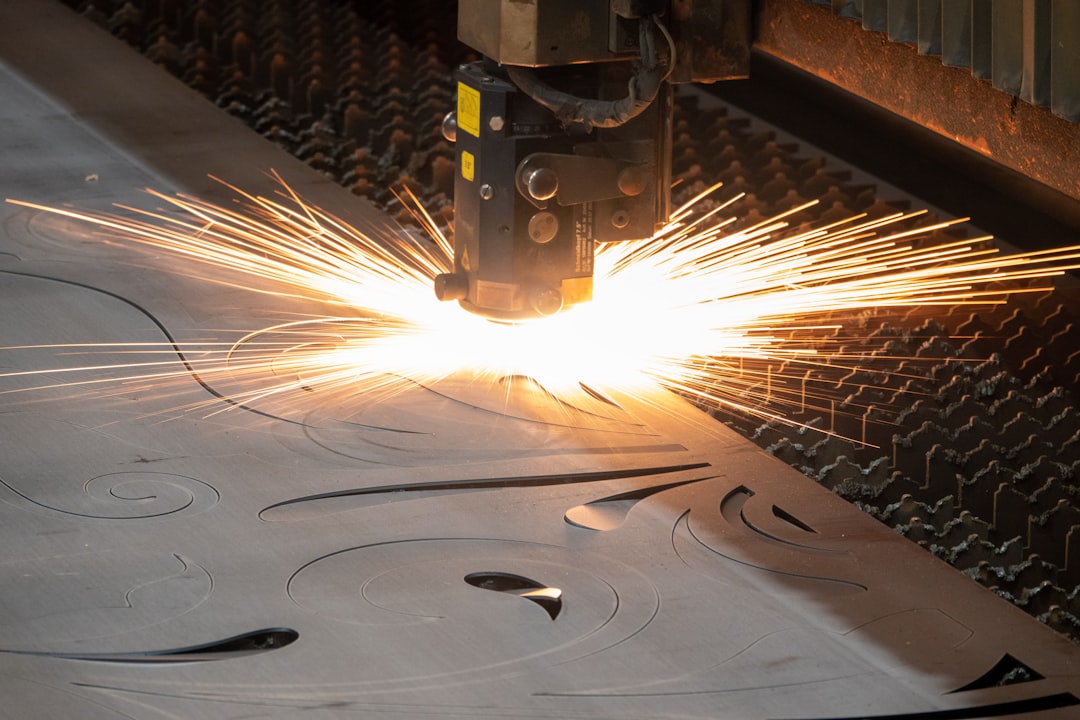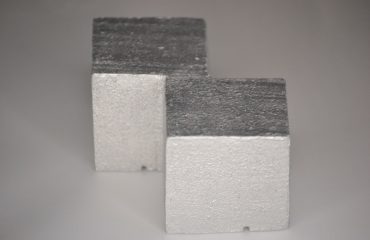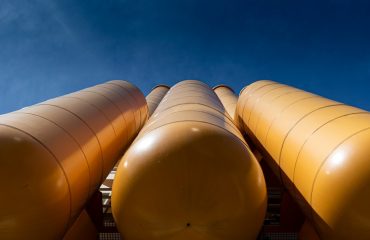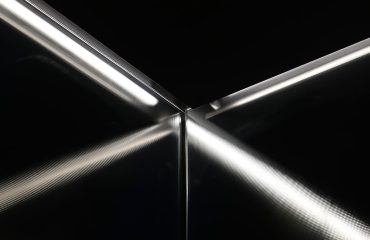Steel, a cornerstone of modern construction and manufacturing, demands precise and efficient cutting techniques. The choice of cutting method depends heavily on factors such as material thickness, desired cut quality, production volume, and budget. This comprehensive guide explores the diverse world of steel cutting technologies, examining their strengths, weaknesses, and applications.
1. Thermal Cutting: Harnessing the Power of Heat
Thermal cutting methods utilize intense heat to melt and sever steel. These processes are generally faster and more cost-effective for thicker materials than mechanical methods. Several key thermal cutting techniques exist:
- Oxy-Fuel Cutting (OFC): This classic method uses a high-velocity jet of oxygen to burn through steel. A preheating flame is used to raise the steel’s temperature to its ignition point, allowing the oxygen jet to rapidly oxidize and melt the metal. OFC is relatively inexpensive and suitable for thick plates, but it produces a wider kerf (cut width) and a rougher edge compared to other methods. It’s primarily used for mild and low-alloy steels.
- Plasma Arc Cutting (PAC): PAC uses a constricted arc of extremely hot plasma to melt and cut the steel. The plasma jet is much more focused than an oxy-fuel flame, resulting in a narrower kerf and a cleaner cut. PAC is suitable for a wider range of steel types, including stainless steel and aluminum, and can handle thicker materials than laser cutting. However, it’s more expensive than OFC.
- Laser Cutting: Laser cutting uses a high-powered laser beam to melt and vaporize the steel. This method offers exceptional precision and accuracy, allowing for intricate designs and narrow kerfs. Laser cutting produces a high-quality edge, minimizing the need for post-processing. However, it’s generally more expensive than other thermal methods and is best suited for thinner materials. The choice of laser type (CO2 or fiber) will impact the capabilities and suitability for different steel grades.
2. Mechanical Cutting: Precision Through Physical Force
Mechanical cutting methods rely on physical force to separate the steel. These methods are often preferred for their precision and ability to cut intricate shapes in thinner materials, although they can be slower and more expensive than thermal methods for thicker sections.
- Shearing: This process uses a powerful press to shear the steel along a straight line. It’s extremely fast and efficient for cutting relatively thin sheets of steel, producing a clean and square cut. However, it’s not suitable for thick materials or curved cuts.
- Sawing: Sawing uses a toothed blade to cut through the steel. Various types of saws exist, including circular saws, band saws, and abrasive saws. Sawing is versatile and can handle a wide range of thicknesses and shapes, but it’s generally slower than other methods and can produce a rougher edge, especially with abrasive saws. The choice of blade material and tooth design significantly impacts cutting speed and edge quality.
3. Abrasive Waterjet Cutting: The Power of Water and Grit
Abrasive waterjet cutting uses a high-pressure jet of water mixed with abrasive grit to cut through steel. This method is highly versatile, capable of cutting virtually any material, including hardened steels and composites. It produces a very clean and precise cut with minimal heat-affected zone (HAZ), making it ideal for delicate work and materials sensitive to heat distortion. However, it’s generally slower than thermal cutting methods and can be relatively expensive.
4. Choosing the Right Steel Cutting Technology: Key Considerations
Selecting the appropriate steel cutting technology requires careful consideration of several factors:
- Material Thickness: Thicker materials generally require thermal cutting methods, while thinner materials can be cut using mechanical or laser cutting.
- Desired Cut Quality: Laser cutting and abrasive waterjet cutting offer the highest quality cuts, while oxy-fuel cutting produces a rougher edge.
- Production Volume: High-volume production may benefit from faster methods like shearing or oxy-fuel cutting, while lower-volume production can justify the use of more precise but slower methods.
- Material Type: Certain methods are better suited for specific steel types. For example, laser cutting is excellent for thin stainless steel, while oxy-fuel cutting is more suitable for mild steel.
- Cost: Each method has a different cost structure, considering equipment investment, operating costs, and labor.
5. Safety Precautions in Steel Cutting
Steel cutting processes can be hazardous. Appropriate safety precautions are crucial to prevent injuries and damage. These include:
- Eye protection: Always wear appropriate eye protection to shield against sparks, debris, and intense light.
- Hearing protection: Many steel cutting processes generate loud noise, requiring the use of hearing protection.
- Respiratory protection: Some processes produce fumes and dust, necessitating respiratory protection.
- Proper ventilation: Adequate ventilation is crucial to remove fumes and dust from the work area.
- Personal Protective Equipment (PPE): Always wear appropriate PPE, including gloves, safety shoes, and flame-resistant clothing, as needed.
- Machine guarding: Ensure all machinery is properly guarded to prevent accidental contact.
Understanding the nuances of each steel cutting technology is vital for selecting the most efficient and cost-effective method for a given application. By carefully considering the factors outlined above and prioritizing safety, manufacturers and fabricators can ensure high-quality results and a safe working environment.
Tags: steel cutting, steel cutting methods, thermal cutting, mechanical cutting, abrasive waterjet cutting, laser cutting, plasma cutting




